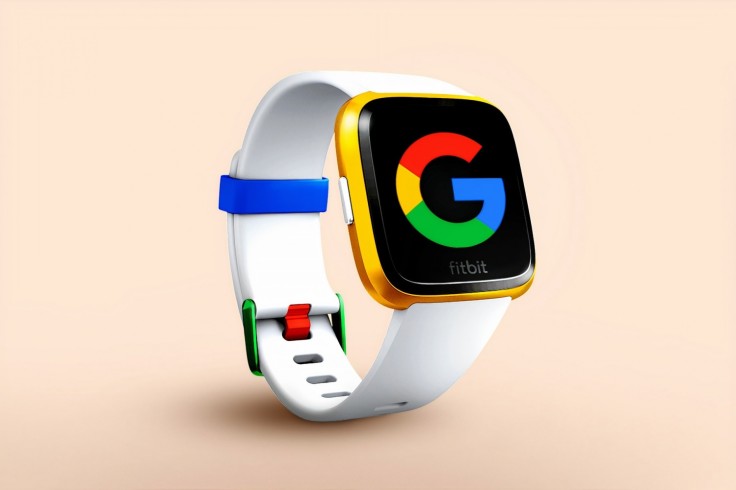
The Fitbit Sense is currently the most ambitious wearable Fitbit has released. Simply put, once everything works cohesively, the user experience can definitely be impressive. However, prior to official release, Fitbit could have spent more time fixing bugs and performance issues.
Fitbit Sense's quick specs
A bird's eye view of the Sense gives it a really good standing when compared to its competitors in the same price range. At $330, it is lightweight and comfortable to wear. It has EDA, temperature sensors, built-in GPS and NFC, and a fantastic OLED display.
However, the watch does come with some downsides. It, unfortunately, has quite a choppy performance and the Fitbit app is currently plagued with bugs. When it comes to SpO2 tracking, this only works with just a certain watch face. During launch, most features weren't readily available too.
Read also: Petabyte Hard Disk Drive Could Surprisingly Have Glass Parts
Compared to last year's Versa 2, the Fitbit Sense looks quite similar. It has that common compact "squircle" shape. Despite this though, there are a number of changes that the Sense underwent to further improve its hardware.
The fitness watch sports a combination of metal and glass. It's sexy and it's also super lightweight. Compared to a 44mm Apple Watch, the Sense is much more enjoyable to wear for extended periods of time.
Though the Sense has an overall good build quality, one caveat is its side button that is used to access the Sense's home screen and app shortcuts. Fitbit could've have made it an actual button, but the company instead chose to use a small vibrating divet that's similar to Apple's haptic-touch-based home button. It still feels quite good to use, however since it is not an actual hardware button, there are instances that users might miss it and not get any response. Having no visible buttons does give a device a more streamlined look but at the expense of accuracy and convenience, having one will still be better in the long run.
Read also: Computer Monitors for Working and Gaming
Coming to the rather technical side of things, Fitbit doesn't really flaunt its devices' processors and other internal components. This is in stark contrast to how popular brands like Apple or Samsung love flexing all the internal bells and whistles of their products.
Battery life is still one of Fitbit Sense's best feature. The company claims it is able to last for over six days of use on just a single charge. Now different people have different usage styles but given a six-day battery life, it's more than enough to say that this fitness watch in fact has good longevity in terms of usage.
With all its good stuff, you might be wondering. Where are the shortcomings we've been talking about? Well if you bought it during its initial release, the watch won't come with the following:
- Google Assistant instead of Alexa (available by late 2020).
- ECG app (available by October).
- Ability to take phone calls and voice dictation (coming "soon").









